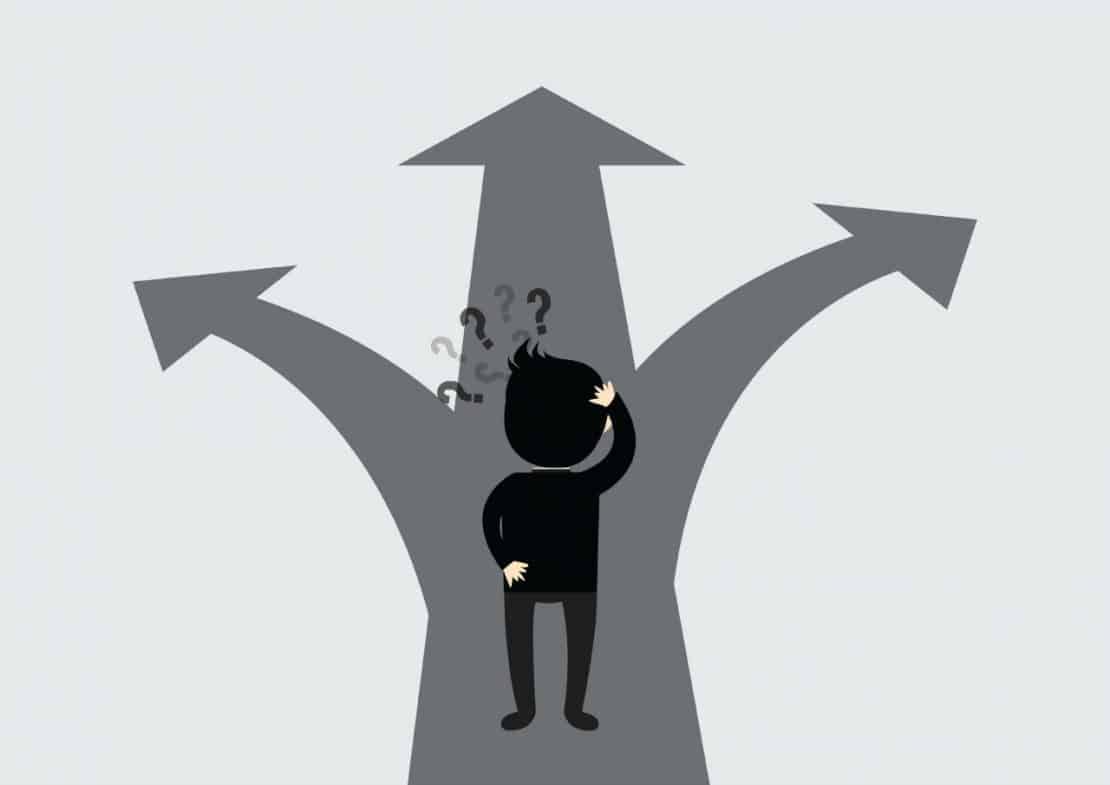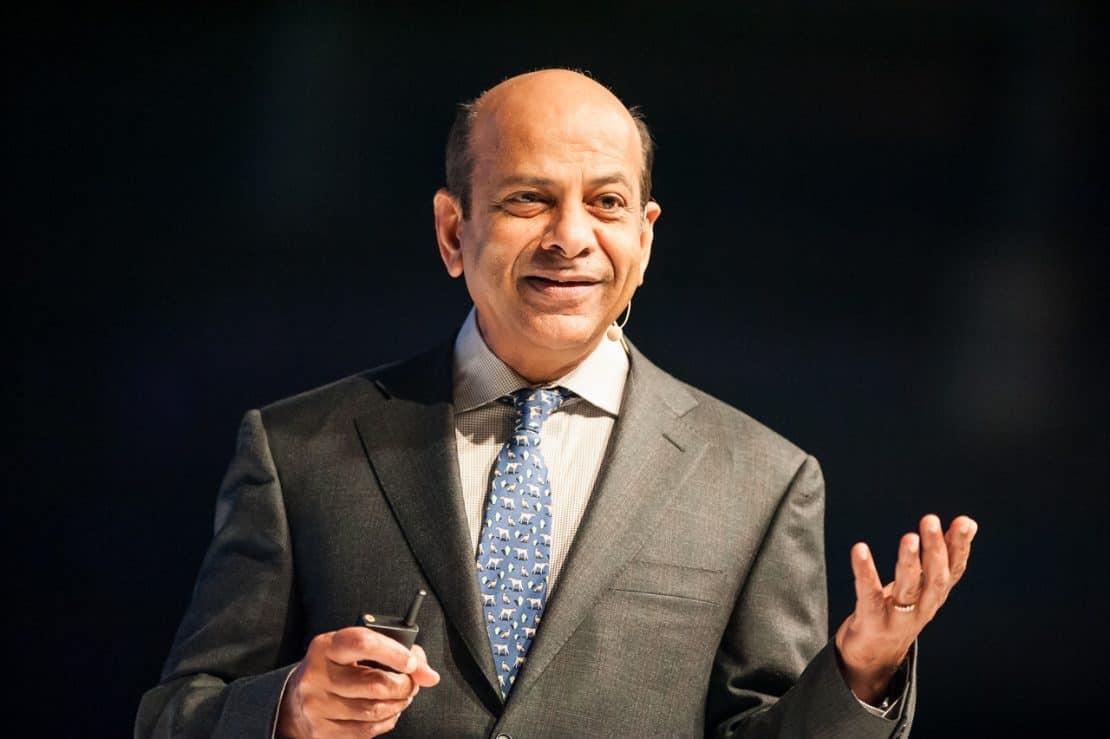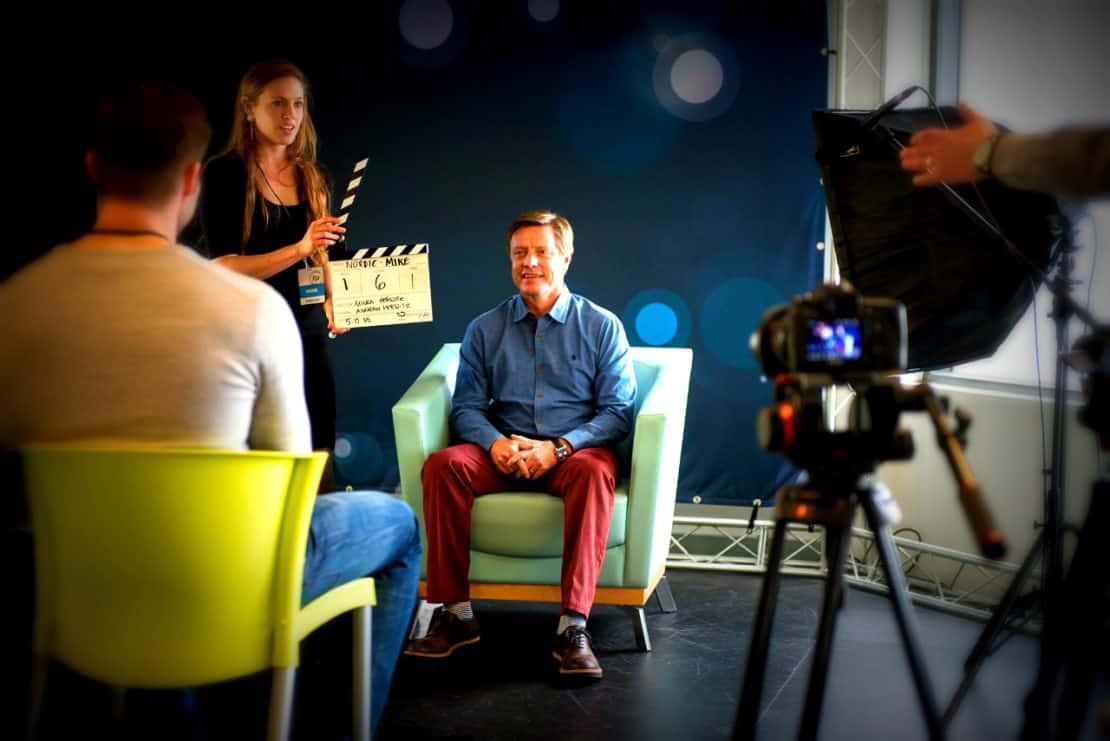3Jun2015
The world may be changing but everybody everywhere prefers to have more choice, right? Well, no. They don’t.
We like to know we have more than one option, but too many and it starts causing us problems. As well as leading us to the possibility of indecision paralysis, where too much choice means that we can’t make up our minds, when we do make a choice we will inevitably feel some regret as we constantly reassess and think of what we could have opted for instead. There are many reasons the issues surrounding choice can be important, but the application looked at below is how we can use it to help us manage a client and, crucially, how we can help a customer feel happy with their choices.
Gurus in the psychology of decision-making
As one of the most talked about topics in business, it is little wonder that the work of psychologists researching decision-making and choice attracts the attention of the business community. A brief development synopsis of the most notable academia dates from the work of Herbert Simon. Simon divided decision-makers into to those who spend time and effort going through all the possibilities, and those who stop when they have found something ‘good enough’ for their needs, categorising these two groups as ‘maximizers’ and ‘satisficers’ respectively. Then came the work of Daniel Kahneman and, most recently, the idea of ‘two systems’ in our brains – one that is characterised as fast, automatic and emotional and the other that is slow, pragmatic and logical. Other popularised theories include the works of Sheena Iyengar (choice overload) and Barry Schwartz (the paradox of choice), who have pointed out that choice might be driving us to distraction, working against the fabric of assumption that greater consumer choice is a good thing.
Don’t forget – it’s a human making the decision
If we more fully understand the influences on choice not only can we better market our products and services, we can also improve them and, most importantly, improve the customer experience of them. The most important aspect in all of this is to remember there is a human at the end of the decision-making process. You see, clients may be acting on the behest of the company they work for, but they are individual people who have a unique collection of influences on their decision behaviour. Everything from the stresses of home life to the ingrained impact of cultural assumptions can influence decision-making. However, if we assume that the individual can minimise the impact these external factors have on their workplace behaviour, there is much in the psychology of decision-making we can utilise in our client management strategies.
Make it simple with the four C’s
You’ve probably seen the fantastic TED talks given by Sheena Iyengar (if not then I highly recommend them). Here she talks about ‘choice overload’ and how to reduce the options for consumers to make a positive impact on the decision to buy. The four C’s stand for cut, concretise, categorise and condition. The first step is to ‘trim the fat’ and cut away anything from the portfolio that is close to being duplicated. You may need to be clever here and play a game by showing a client variety and demonstrating adaptability, but then focusing in on a few most suitable options. This can be a good way of highlighting your knowledge about the client. The second step is to concretise the need. This is where you identify case studies and references from happy clients. It is also a great opportunity to go back to the ‘human’ aspect of what you are offering by explaining how will it make the client’s life better. Doing this creates emotive connectivity to the product, and for more high-tech products or abstract services this can be particularly critical. Next up: categorise, something that is obvious but very important and can again provide a great opportunity to demonstrate knowledge about the client, helping guide them through the decision process. Finally comes conditioning. This can be a lot harder to achieve but basically involves creating baby-steps in decision-making so that a client doesn’t become overwhelmed immediately. Using Sheena Iyengar’s four C’s is a great way to put yourself in the client’s shoes and really think about how they will respond to your offer. It can help provide structure to your engagement process and help identify where the process might be going wrong.
Ease the anxiety
Sales staff and key account managers will know that keeping in touch with the client on a regular basis is extremely important. You need to build a relationship. However, understanding Barry Swartz’s ‘paradox of choice’ highlights an additional dynamic. By keeping in regular contact with the client not only are you reminding them of your offer, you are also psychologically diminishing their anxiety about cooperating with your company! What the paradox of choice helps us to understand is that if a client receives numerous offers from a range of similar providers, not only will making a decision be harder they also worry about their choice more after they have decided. Regular contact not only reassures the client of your commitment, it also helps to alleviate their concerns about making a wrong decision. When it comes down to it, there will always be advantages and disadvantages between you and your competitors, but if you can demonstrate commitment, the clients anxieties of choice will gradually diminish. Anxiety about making a wrong decision is a significant reason companies stick with existing partners, despite being offered a better deal from a competitor.
Manipulate the memory of experience
After-sales services are increasing in prevalence and rightly so. Sales teams know that repeat orders and complimentary products and services are a huge source of revenue and so will dedicate time to their promotion. However, there is another element to this. You really want to make sure that the client has a positive experience with the product, but you also need to make sure they have a ‘memory’ of a positive experience as well. Father of the field of Behaviour Economics, Daniel Kahneman talks about the distinction between the experience in the moment and the memory of that experience we carry away with us. Fascinatingly, these can be very different.
Assuming your product hasn’t completely tanked, the client’s memory and perception of what you have provided is still a malleable concept and presents you with a great opportunity. When speaking with a client there is a tendency to concentrate on product problems so you can help fix them. Whilst this is important, it will focus the client on these issues rather than the value your product has created. Reinforcing these credentials is not only a good way to increase sales, it also realigns the client’s focus on the positive outcomes. A continued strategy of positive reinforcement will again help to diminish any residual feelings about the anxiety of choice. It is also an important lesson for all the individual entrepreneurs out there. There may be times when the negative feedback you receive makes you feel like you are delivering a bad product when in fact this is not the case. Continued communication of the benefits your product is bringing will help to balance those perceptions and provide you with the internal motivation you need to survive!
Your competitor’s anchor has sunk your bid
Another behavioural concept put forward by Kahneman and his colleague Amos Tversky is the idea of anchoring and adjustment. This is the idea that people intuitively assess the value and probability of things based on the first (or sometimes most recent) reference point they have been given. Basically, that means if a competitor has weighed in with a quote that beats yours, that figure is the starting point and will probably dictate the client’s perceived valuation of alternatives. Personal experience has shown that even when your product or service has greater value or has a different service proposition, the weight of that anchoring price drastically affects the client’s decision-making.
Identifying and emphasising differentiation are important weapons in combating this phenomenon. Again I would turn to the ongoing strategy of continued reinforcement. If you cannot compete on price but you can offer important additional benefits, then it is essential that you keep communicating these advantages to the client. A systematically subtle approach will help to ease the weight of the anchor. If you can also engineer more personal contact with the client you will provide them with a visual representation of how valuable you consider those advantages to be – an approach that will ultimately be rewarding.
Hold their hand and don’t let go!
So in conclusion, ongoing communication and perseverance are critical – but then that’s nothing new. What I hope to highlight is that the benefits of building a relationship with your clients will have hidden consequences that you should be aware of. You can subtly but critically affect their decision-making. It is important to be empathetic and remember that whilst they may seem to be dawdling and being frustratingly obtuse, they may be tackling cognitive issues for which you can provide a solution. Just like a marriage, getting them to say yes may feel like the difficult part, but continuing to make them feel good about their decision afterwards requires a much greater commitment.
Reference:
Iyengar, S. S., & Lepper, M. R. (2000). ’When choice is demotivating: Can one desire too much of a good thing?’ Journal of personality and social psychology,79(6), 995.
Iyengar, S. S., Wells, R. E., & Schwartz, B. (2006). ’Doing better but feeling worse looking for the “best” job undermines satisfaction.’ Psychological Science,17(2), 143-150.
Schwartz, B., & Kliban, K. (2004, January). ’The paradox of choice: Why more is less.’ New York: Ecco.
Schwartz, B., Ward, A., Monterosso, J., Lyubomirsky, S., White, K., & Lehman, D. R. (2002). Maximizing versus satisficing: happiness is a matter of choice. Journal of personality and social psychology, 83(5), 1178.
Kahneman, D., (2011) ’Thinking, Fast and Slow.’ Farrar, Straus and Giroux, New York.
Photo credit: Shutterstock


 by:
by: 
 by:
by: